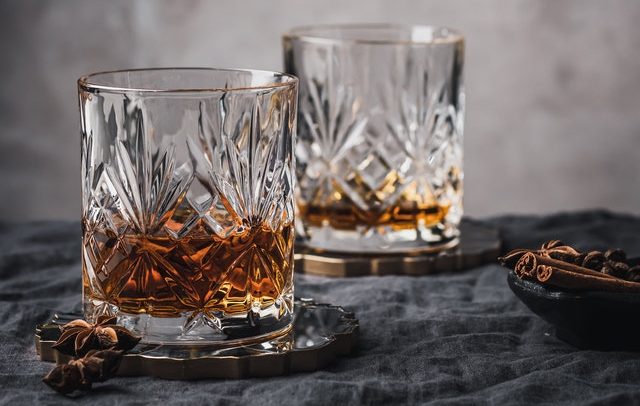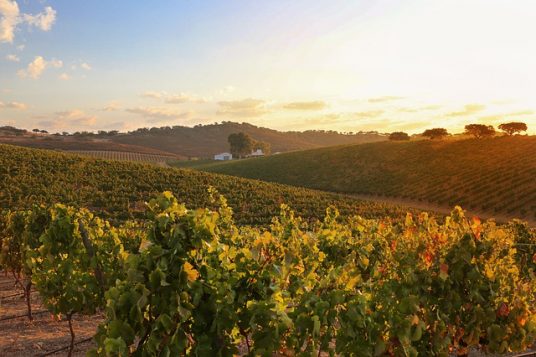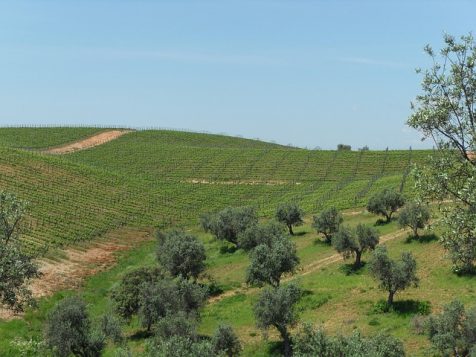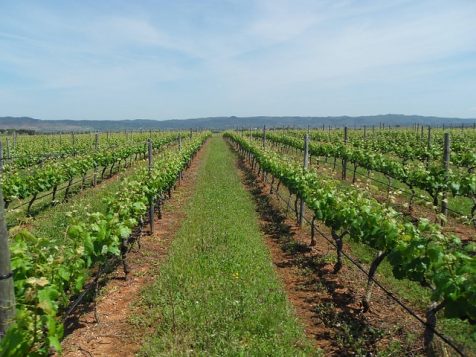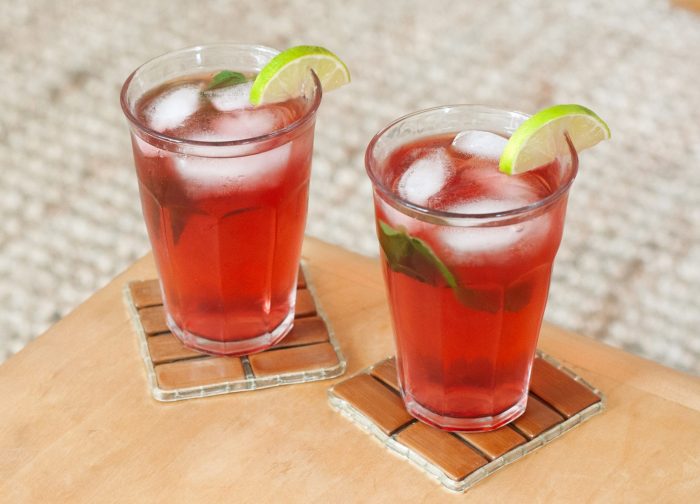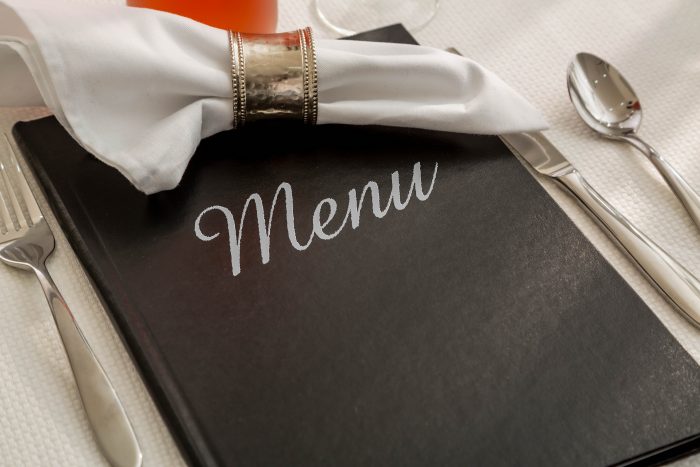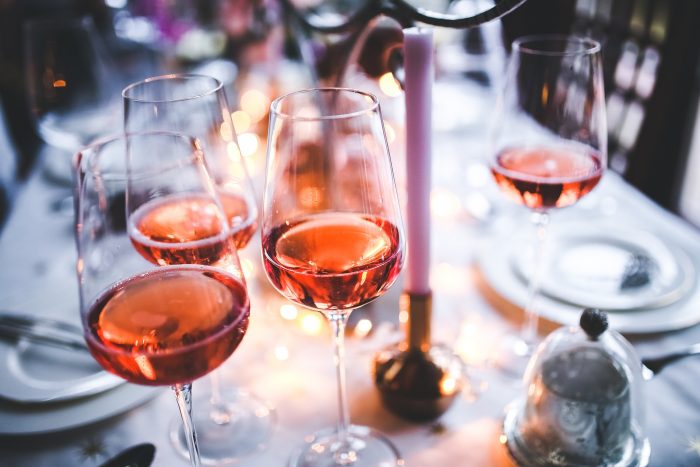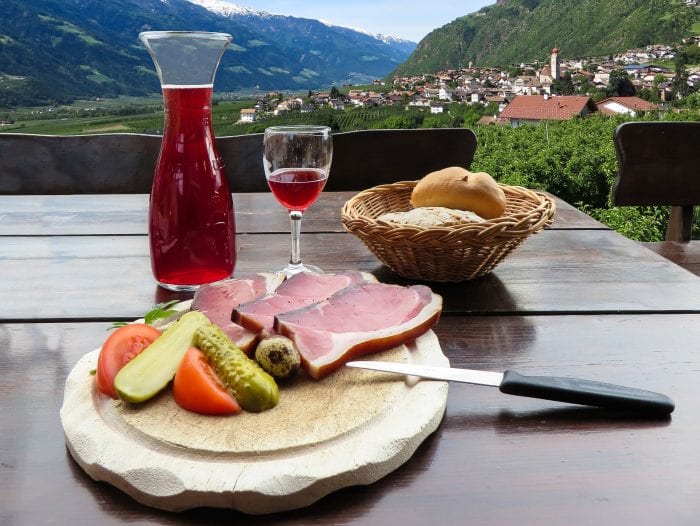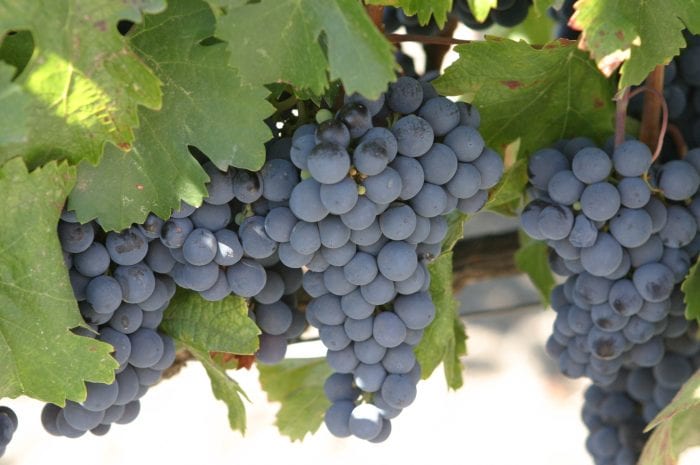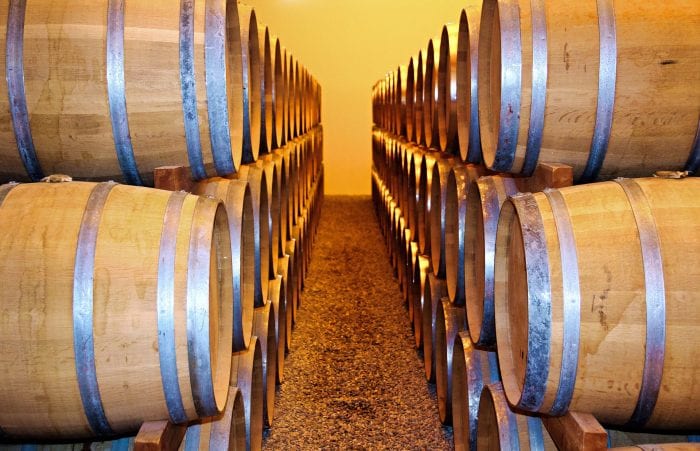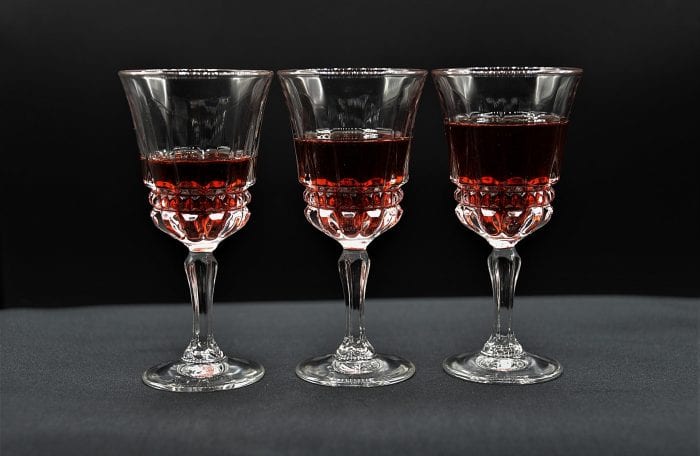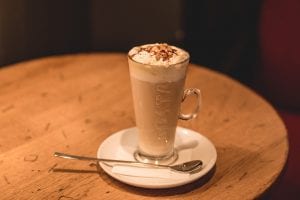By Bob Lipinski

Most people enjoy rum in tropical drinks during warm weather while lounging poolside with a bowl of tortilla chips, salsa, and guacamole.
I enjoy “sipping rums,” those dark (mostly), limited production rums, often aged many years in oak barrels. These rums are often the premium, “top-of-the-line” products a distillery makes. Like a well-aged Scotch or Cognac, they are often served in a brandy glass, lightly chilled after dinner.
These rums are generally not used in cocktails because of their complex and full flavors, high price, and limited availability. Sipping rums may or may not have an age statement on the label.
Below are some of my favorite sipping rums, which hopefully will become your favorites too!
Appleton Reserve Blend, Jamaica: Amber-colored; bouquet of molasses, nuts, oil of bergamot, and burnt butter; quite dry with some burnt bitterness present; nuts, clove, allspice, and mace.
Bacardi “Reserva Limitada,” Puerto Rico: Aged in used Bourbon barrels. Amber-colored; bouquet of tobacco, citrus, honey, vanilla, and maple. In the mouth there is a certain sweetness, full sugar and medium-bodied, with a lingering aftertaste.
Brugal “Extra Viejo” Dominican Republic: Aged in used Bourbon barrels. Amber colored; muted nose with hints of citrus and molasses. Flavors of lime, grass, cinnamon, and molasses. It has a certain brandy taste: a very complex rum.
Diplomatico 12-Year-Old Exclusiva Reserve, Venezuela: Aged in used PX sherry barrels. Amber-colored; nose of citrus, toast, prunes, toffee, orange zest, and nuts; rich flavors of jasmine, toffee, and orange.
Don Q “Gran Añejo” Puerto Rico: Aged in used Sherry barrels. Amber color; closed nose with suggestions of citrus and grass; flavors of toast, vanilla, burnt sugar, cinnamon, banana, and butterscotch.
El Dorado “8” Demerara, Guyana: Amber-colored; nose of allspice, other spices, black pepper, caramel, and toasted marshmallow; the rum explodes in the mouth with nuts, sugarcane, and oranges; medium-body with additional flavors of dates and prunes.
Pyrat XO Reserve, Anguilla: Amber-colored; considerable orange peel, lemon, and lime peel; smells like an orange liqueur; syrupy in the mouth with hints of nutmeg and burnt orange peel.
Ron Abuelo 12 Year, Panama: Amber-colored; complex nose of caramel, molasses, nuts, and toasted oak; quite fruity in the mouth with hints of tobacco, toasted nuts, orange, honey, molasses, and dark cherries.
Ron Zacapa 23 Centenario, Guatemala: Dark mahogany, vanilla, almond, butterscotch, chocolate, and toasted wood with hints of spice.
Vizcaya VXOP “Cask 21” Dominican Republic: Spicy nose (cinnamon, nutmeg, mace, ginger) with flavors of honey, caramel, nuts, and vanilla.
Bob Lipinski is the author of 10 books, including “101: Everything You Need To Know About Whiskey” and “Italian Wine & Cheese Made Simple” (available on Amazon.com). He consults and conducts training seminars on Wine, Spirits, and Food and is available for speaking engagements. He can be reached at www.boblipinski.com OR [email protected].

